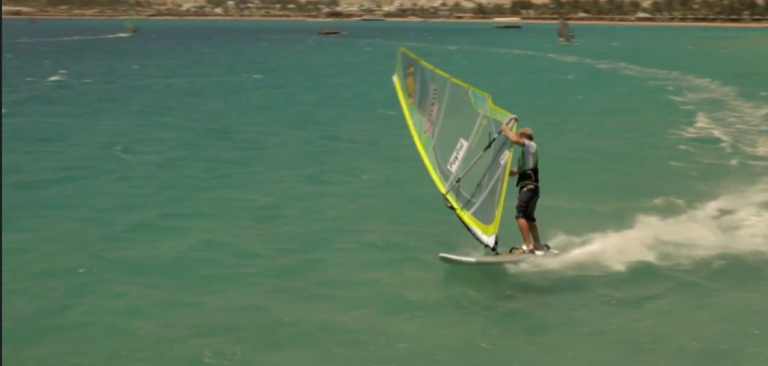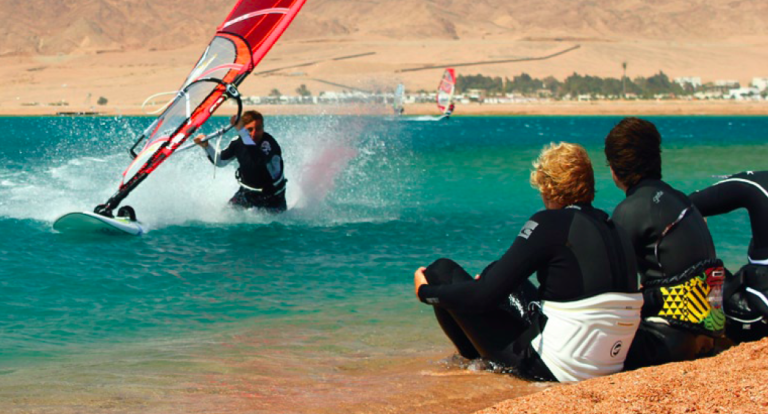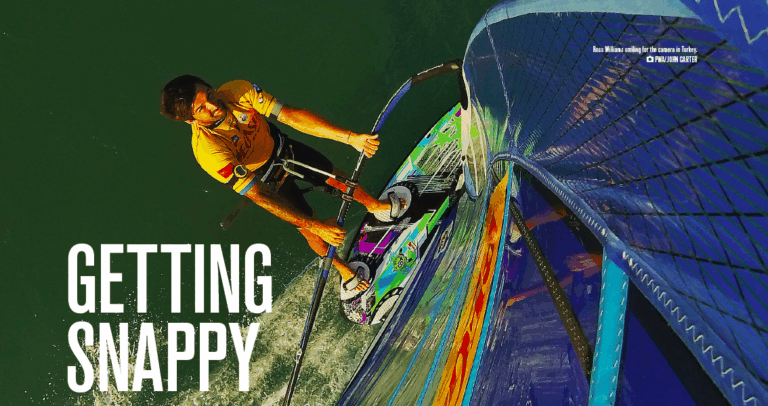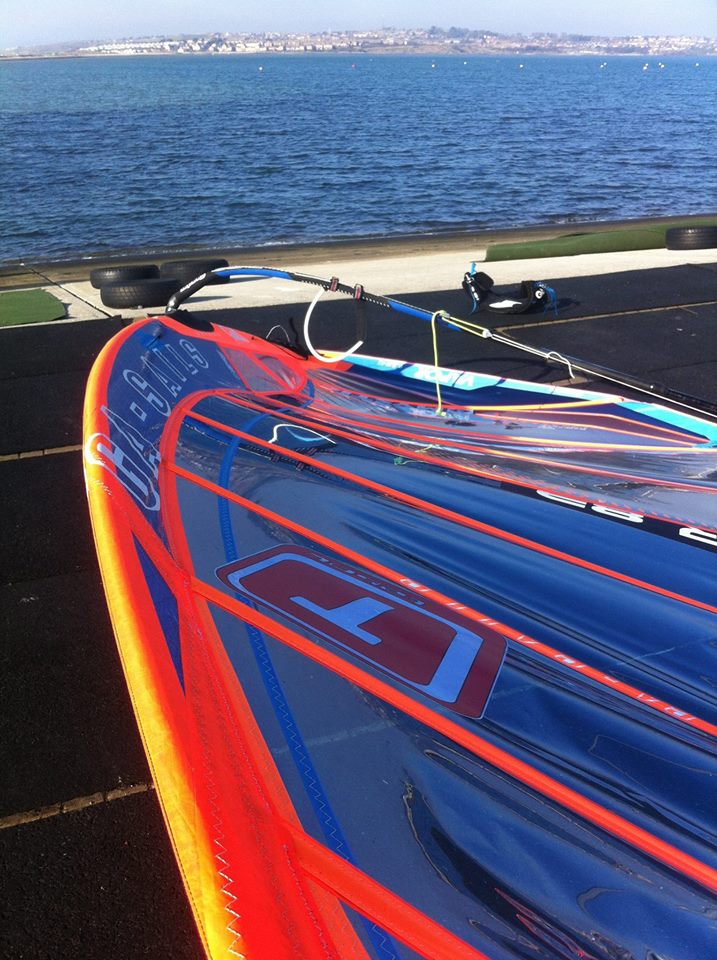Why is it so important to improve your windsurfing skills? And what’s the best way to go about it? Taty Frans joins Boards to discuss how he has progressed in windsurfing and share some top tips with you too.
Windsurfi ng is one of the few sports where you can’t always plan your training schedule; the day plans your training schedule for you. We all know that’s just the way windsurfing works. You may need to practice high-speed slalom gybes; however, the conditions are more suited to helping first-timers work on uphauling.
Even though I can’t decide what the wind’s going to do there are a few things I keep in mind every day I hit the water:
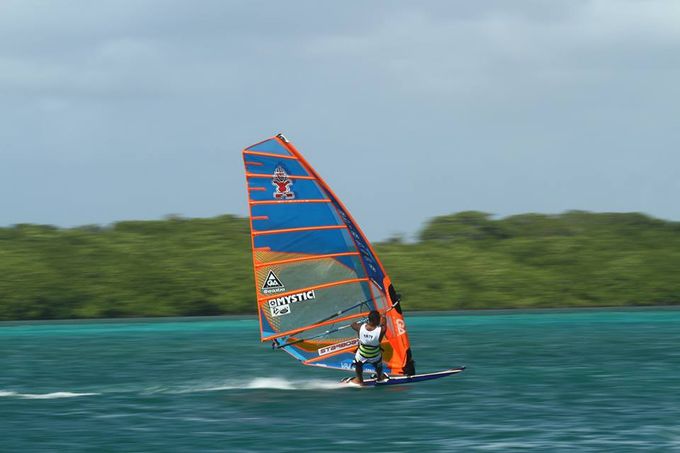
1. Be energetic and keep a purpose in mind.
I can get in the car with racing on my brain and then step out at the beach ready to freestyle. I look at the conditions and listen to my body. A lot of the time I don’t decide what kind of training I’m going to do until I’m at the beach; why ruin my day before it even starts?! But once I have a training goal, whether it’s to land a trick, smooth out a transition, or tune my gear and body for absolute top speed, that gives me a purpose.
What’s next? Don’t be lazy! That’s where the energy part comes in. If you want to go faster on your board you need to maintain that amped-up, tense, adrenaline-fueled feeling, that’s how slalom is. It’s all about speed, committing to fast gybes and keeping that heartbeat pumping, but being just in control too.
2. Find a friend.
Yes, you can always compete against yourself but you’ll get better faster if you’ve got a measuring stick! The best partner is someone who’s near, or even just beyond, the same level or speed as you. My slalom-training partner on Bonaire is my cousin Kiri Thode, he’s the only one who is physically and mentally ready for it. As far as for freestyle, I sail with everyone on the water, but truth my brother Tonky’s style still is the most inspirational!
3. Pick your spot.
Bonaire will always be my main training and practice spot. We have the perfect conditions from choppy water (like in Fuerteventura) to flat water. The wind can vary from 15 to 30 knots almost all year round, and you can always sail in boardshorts. That’s great, because the more you sail, the more you learn, the better you get.
4. Repeat, repeat, repeat!
If there is a new move you want to learn, think about the move, and then do the move, again and again. If you can, get someone to take a video of you working on the move, it helps to visualise and see where you’re making mistakes.
Find the balance, pop high, twist the body, and maintain control all the way through to the landing; those are the main things I keep in mind when I’m training for freestyle.
5. Listen to the professionals.
Pro sailors spend hours on the water for each little bit of extra speed, tuning body position and technique. For them, it’s all about extending their control of their gear to be the best sailor they can be, in any weather. Even though you might not be winning any PWA contests, the things the pros have learned can work for you; so, if you see us on the beach, just ask! Most of us are happy to share some knowledge to help any sailor out. The main difference between you and a professional windsurfer? Time on the water. No matter what level you’re at, if you put in the time, you will get better! I love it when I see people just cruising. It makes me happy simply to see how much fun they’re having!
6. Don’t blame the gear, and enjoy the weather.
No matter what, your gear is a totally inanimate object; it does what YOU tell it to do! Sure, my slalom board isn’t going to let me throw an air chacho (or even though it might, I really shouldn’t!) and my freestyle board won’t win any races. Picking the right gear and tuning it right is your job as the sailor!
7. And last of all, have fun.
Whether you’re getting your cruising on a big freeride board or twisting through the air on your freestyle stick… it’s still windsurfing. Which means it’s a lot more fun than anything called ‘work’!

